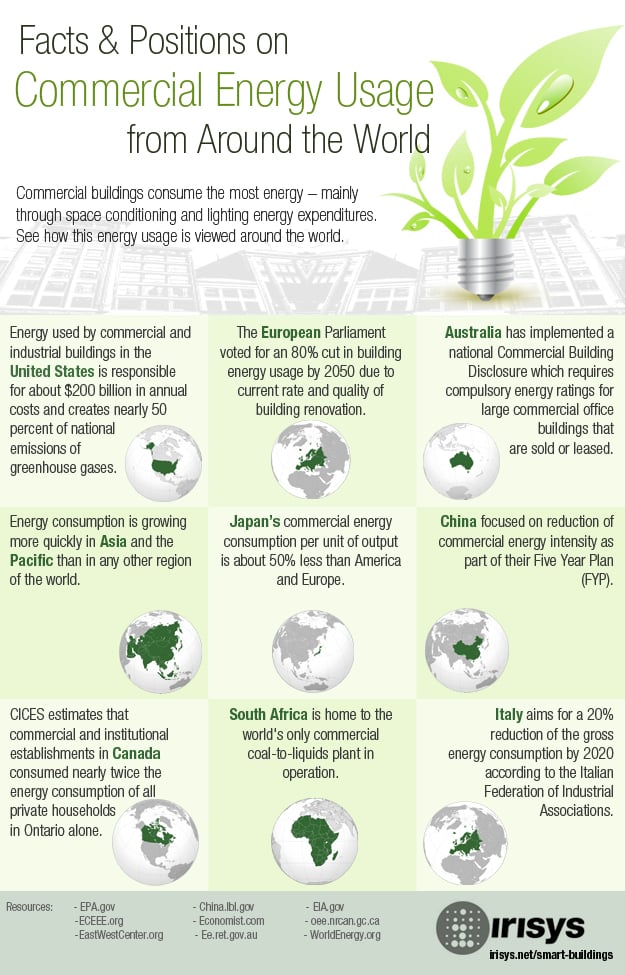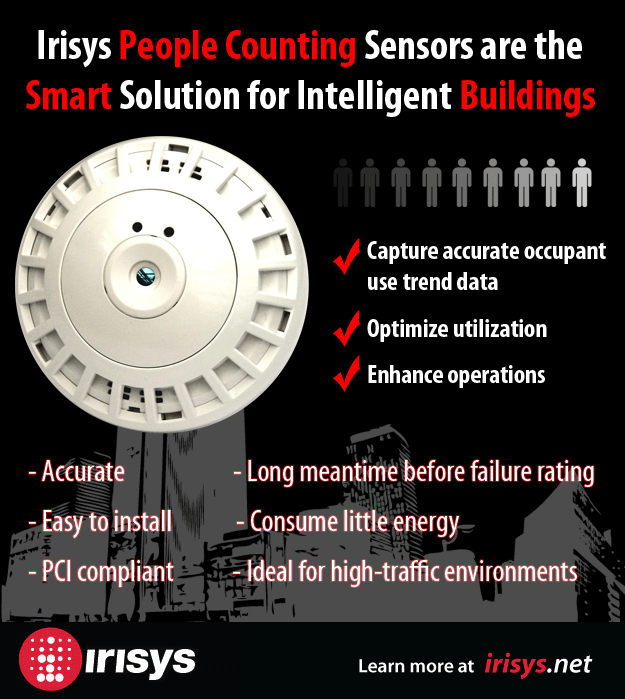The Expert Opinion: Is The Open Space Office Becoming A Destination?
2020 challenged many familiar concepts, a significant one being the traditional office space. 90 000 hours of our lives are spent at work, and for much of the modern labor force, that means the office. While organizations contemplated the unknown, countless publications purported ideas of dystopian, Big Brother-style designs as the probable outcome in a post-pandemic world –– think plexiglass dividers, continuous monitoring of movement, and on-person tracking devices.
But, as we now emerge from the crisis with a greater sense of direction, experts envision a move towards a healthier, more people-centric workspace environment. The general consensus points towards open, collaborative areas that allow employees to flow in and out as and when they need to make use of corporate facilities, with the option to occasionally work from home remaining available and even encouraged.
“[...]office-space decision-makers expect the percentage of time worked in main and satellite offices to decline by 12 and 9 percent, respectively, while flex office space will hold approximately constant and work from home will increase to 27 percent of work time, from 20 percent”––McKinsey
Buildings will continue to transform into smart, intuitive spaces that leverage technology to bring comfort, safety, and high levels of utility to occupants. To help us understand what these changes may look like in practice, we spoke to Irisys Product and Program Director, Dr Neil Sumpter.
What is the problem with the traditional office?
Typically, corporate real estate is designed to prioritize cost-effective functionality, i.e., the ability to operate at maximum capacity. In practice, this often looks like cramped desks and cubicles, limited meeting rooms, and hard-to-navigate floor plans. The reality is, the traditional office space had passed its heyday long before the arrival of a global pandemic.
After months of lockdown and, in some cases, isolation, returning to these types of spaces may induce a lot of anxiety for employees. Many were already uncomfortable with their poorly ventilated, overcrowded offices; there just wasn’t a big enough catalyst to challenge these longstanding norms. With everything on the table, now is a great time to usher in those much-needed transformations.
What will the office of the future look like?
According to Dr Sumpter, an organization’s physical location looks increasingly likely to evolve into a hub where remote workers meet. A building’s existing footprint can be optimized to enable these collaborative open spaces, or entirely new properties may be invested in.
"We're already seeing that our clients expect the size and usage of their estate to change. They will possibly shrink, and some will grow according to how their purpose changes. You'll still see the corporate HQ, but it might be less about people going to work in that space and more about the collaborations," says Neil.
Many businesses will likely do away with fixed desks in favor of a more fluid model where workers can check what facilities are available online, and book them in advance. This behavior has been happening over the past decade anyway, but the difference now is it will be focused more on collaboration facilities than individual workstations. Going forward, employees will predominantly come in to make use of the infrastructure for a particular reason central to the task they’re engaged in, rather than the traditional expectation of sitting at a desk from nine to five
The office of the future will reflect the culture and objectives of the organization; for most, this will mean that layout and design decisions are motivated by a need to deliver excellent employee experiences.
Are there challenges to open office spaces?
First and foremost, concerns about hygiene and cross-contamination will have to be addressed before employees feel comfortable returning to a heavily occupied space. In acknowledging that employees' needs have changed, organizations will be led to reconfigure the workspace to address this.
Previously, manual spot checks were common practice when trying to determine a zone's utility. But this isn't really an adequately proactive approach to managing these workspaces –– particularly with the new expectations being laid upon them.
The challenge in understanding open, unconstrained areas is measuring utility and occupancy without having those typically fixed objects that serve as a point of reference –– for example, desks and chairs. Neil points out that facilities managers will want answers to questions like, "Are people really working there, or are they just passing through?"
Occupancy data will have to be obtained in a manner that respects privacy and anonymity to prevent employees from feeling uncomfortable or surveilled.
How can organizations effectively transform their offices?
The proliferation of smart technologies has enabled businesses to activate the next step in redesigning workspaces. Decisions no longer have to be made on "feel" or subjective feedback. True and accurate data can be obtained to create a clear picture of how a space is being used, identify areas with a high propensity for congestion, track footfall, and establish the intent of an occupant's interaction with an environment.
"The best decisions are made with the right data," says Dr Sumpter. When facilities managers understand how open office spaces are used, what the peak hours are, and which areas host the highest number of visitors, everything can be planned efficiently. From cleaning and maintenance scheduling to reorganizing furniture or introducing new facilities that will enhance the experience, all of these decisions become far more powerful when they are based on data.
What to look out for in an open space sensor?
Choosing a sensor for your open plan office is largely dependent on your goals and objectives. Ideally, you’ll want to select a supplier that has the experience and a history of innovation and reliability in the industry. This is because, as your smart building evolves, the technology you have installed will need to upgrade and integrate with other new IoT devices too.
We’ve touched on the importance of anonymity, but it’s really a factor that shouldn’t be understated. Feeling watched can have adverse effects on your workers’ performance and ability to collaborate with others. Technology that respects privacy (particularly in discreet zones like washrooms) is essential and conducive to a healthy working environment.
The Irisys True Occupancy solution will play a key role in helping organizations gain accurate insights into how their real estate is utilized. The discreet, ceiling-mounted technology gives a complete overview of your open-plan office and how employees are interacting with the environment.
With True Occupancy, what may have once been unmeasurable can now be transformed into data-rich insights that give facilities managers a true understanding of occupants’ needs, enabling far more proactive responses and meaningful improvements. To learn more about True Occupancy and discover what occupancy data can do for your workplace, download our free guide.
Share this
You May Also Like
These Related Posts

How National Grid & Irisys Rolled Out Innovative Smart Building Solution

Commercial Energy Usage from Around the World

Benefits of Irisys People Counting Sensors for Smart Buildings
Connect with us
Need more information? Ready to get started? We're here to help, get in touch.


